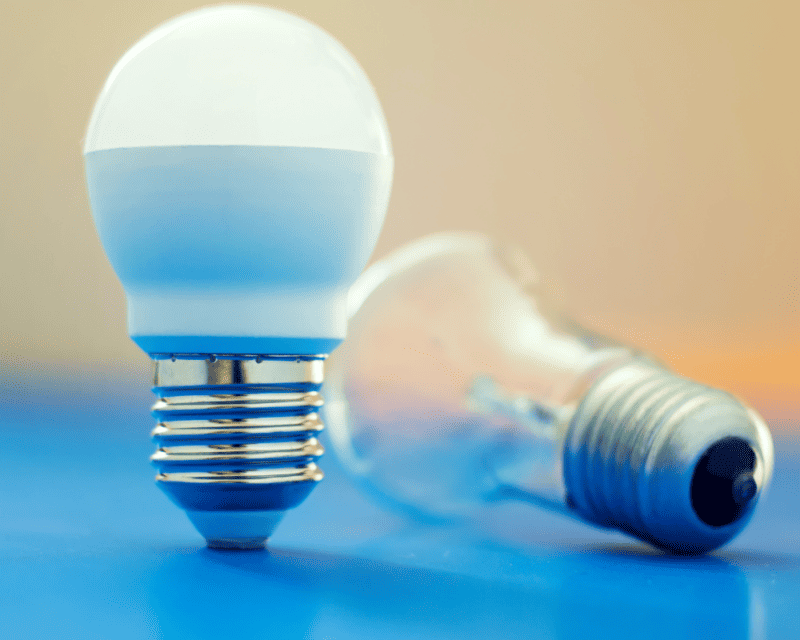The story of lighting technology is a tale of innovation and evolution that spans centuries. From the humble beginnings of firelight and candles to the advanced smart lighting systems we use today, each step in this journey has revolutionized the way we live and work. This article explores the transformation from traditional to smart lighting, highlighting the milestones and innovations that have shaped the landscape of lighting technology.
The Dawn of Lighting: Fire and Candles

In the earliest days of human civilization, fire was the primary source of light. People would gather around bonfires for warmth and protection, using torches to navigate in the dark. As societies evolved and buildings were constructed, the open flame was replaced by oil lamps and candles. These provided more controlled and convenient sources of light but were still quite inefficient and hazardous.
The invention of the candle marked a significant step forward in the technology of lighting. Made from tallow or beeswax, candles were safer than open flames and could be used indoors. However, they produced little light, burned quickly, and required constant attention to prevent them from going out.
The Rise of Electric Lighting: Incandescent Bulbs

The advent of electricity in the late 19th century brought about a new era in the technology of lighting. In 1879, Thomas Edison invented the incandescent light bulb, which used electrical energy to heat a thin filament until it glowed. This revolutionary invention provided a much brighter and longer-lasting source of light than candles or gas lamps.
However, incandescent bulbs had their drawbacks. They were inefficient, converting only about 5% of the energy they consumed into light, with the rest wasted as heat. They also had a short lifespan, typically lasting only about 1,000 hours before needing to be replaced.
The Age of Efficiency: Fluorescent and LED Lights

The quest for more efficient lighting solutions led to the development of fluorescent lights in the mid-20th century. These lights used less energy and lasted longer than incandescent bulbs. However, they were more expensive and took time to warm up, making them less suitable for certain applications.
The introduction of Light Emitting Diodes (LEDs) in the early 21st century marked another major milestone in lighting technology. LEDs are highly efficient, converting up to 90% of the electricity they consume into light. They also have a long lifespan, with some models lasting up to 50,000 hours.
The Advent of Intelligent Lighting: Smart Lights

The latest evolution in this technology is smart lighting. These systems use advanced technologies like Wi-Fi, Bluetooth, and IoT (Internet of Things) to offer unprecedented control over lighting. With smart lights, you can adjust the color and intensity of your lights, program them to turn on or off at certain times, and even control them remotely using a smartphone or voice commands.
Smart lights not only provide convenience but also contribute to energy efficiency. By allowing users to tailor their lighting to their needs, smart lights can significantly reduce energy consumption. Professional services like those provided by Blingle have not only simplified the process of smart lighting installation but also significantly contributed to the development and popularization of advanced lighting technologies.
Conclusion: The Future of Lighting Technology
As the evolution continues, we can expect to see further advancements in efficiency, control, and functionality. The future may bring lights that can adapt to our moods, interact with other smart devices, and even contribute to our health and well-being.
From fire and candles to smart lights, the journey is a testament to human ingenuity and innovation. As we look to the future, it’s exciting to imagine the possibilities that await in the ever-evolving world of lighting technology.

